Rare Ceremonial Pair of English Lead Figures of Leopards
A Rare Ceremonial Pair of English Lead Figures of Leopards Their Open Mouths Revealing Their Fangs with Wide Staring Eyes and Small Ears Probably from an Heraldic Device
16th Century
Size: 24cm high, 56cm wide, 14cm deep - 9½ ins high, 22 ins wide, 5½ ins deep and 23cm high, 56cm wide, 14cm deep - 9 ins high, 22 ins wide, 5½ ins deep / 29cm high - 11½ ins high - 28cm high - 11 ins high (with base)
16th Century
Size: 24cm high, 56cm wide, 14cm deep - 9½ ins high, 22 ins wide, 5½ ins deep and 23cm high, 56cm wide, 14cm deep - 9 ins high, 22 ins wide, 5½ ins deep / 29cm high - 11½ ins high - 28cm high - 11 ins high (with base)
These unusual lead figures are remarkable for their survival as lead was always regarded as a valuable material. It was much loved by Henry VIII’s church commissioners during the dissolution as it added greatly to the value of the monastic spoils. However, it was once cheaper than bronze being referred to by Bassanio as ‘thou meagre lead’, but for garden statuary, fountains, cisterns and armourials the silvery grey patina in an English light is a delightful feature.
Probably part of a family crest these leopards may have stood on the gate piers of a grand house. A 17th century lead sculpture of a boar once adorned the gate pier of Myddleton House at Waltham Cross and bears similarities to these leopards. They are a suitable attribute for a gate as leopards symbolised vigilance, for they were believed to sleep with their eyes open.
Probably part of a family crest these leopards may have stood on the gate piers of a grand house. A 17th century lead sculpture of a boar once adorned the gate pier of Myddleton House at Waltham Cross and bears similarities to these leopards. They are a suitable attribute for a gate as leopards symbolised vigilance, for they were believed to sleep with their eyes open.
Rare Ceremonial Pair of English Lead Figures of Leopards
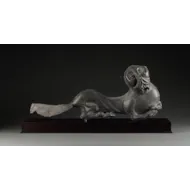
SOLD
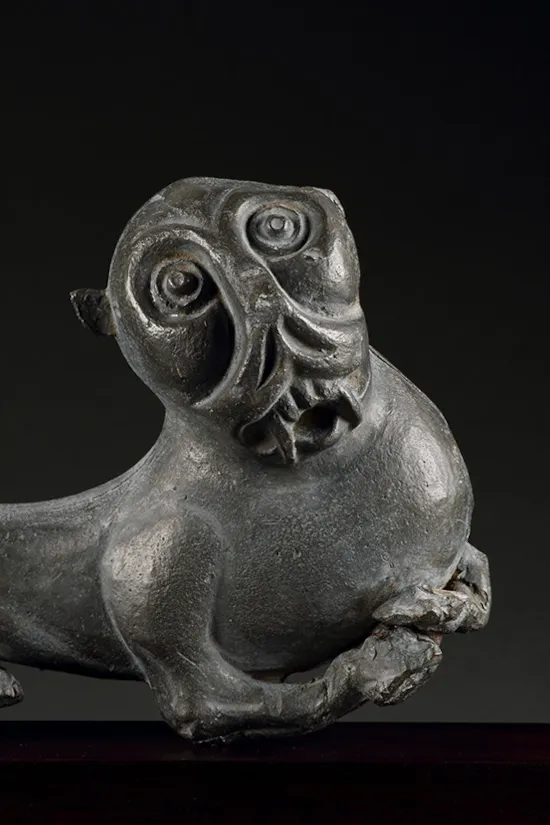
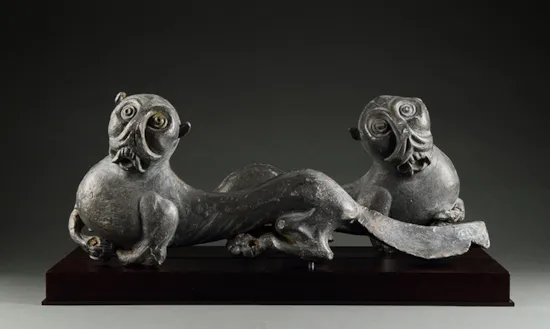
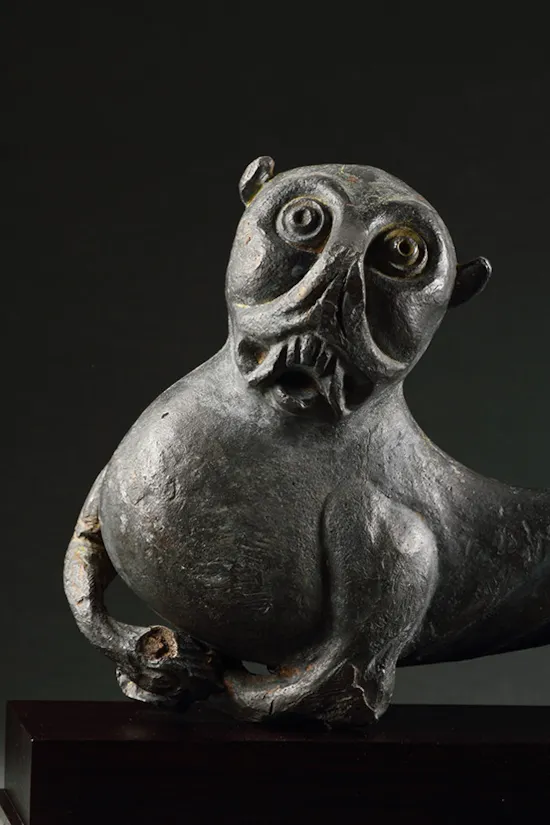
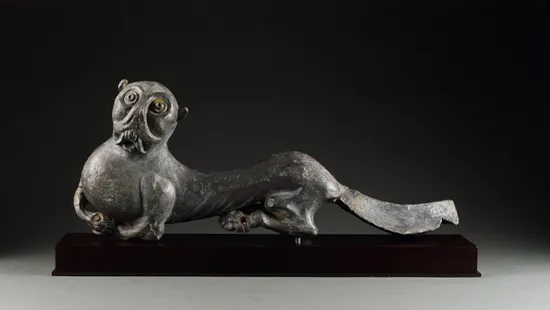
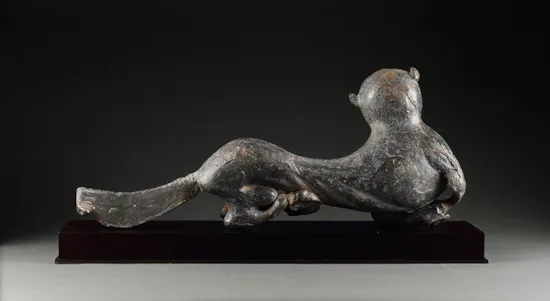





YOU MAY ALSO LIKE

